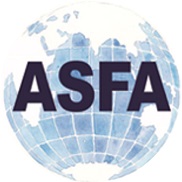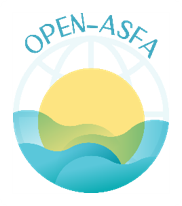Evaluation de la qualité biochimique et chimique de la masse viscérale de la palourde Venerupis decussata provenant de différentes régions du littoral Tunisien
DOI:
https://doi.org/10.71754/instm.bulletin.v47.409Keywords:
Clam fisheries, Proteins, Trace metals, Quality control, Trace elements, Atomic absorption spectrometry, Lipids, Fatty acids, Biochemical analysis, Marine, Venerupis decussata, Tunisia, Eastern MediterraneanAbstract
The clam Venerupis decussata (Linnaeus, 1758) is a widely exploited bivalve in the natural environment. It is distributed along the Tunisian coast with a significant concentration in the north and south. It is, along with the mussel, one of the most widely available species in Tunisia. The analysis of toxic trace metals (Cd, Pb, and Hg), trace elements (Ca, K, Na, Mg, Cu, Zn, Fe and Mn), lipids, fatty acids and proteins soft mass of V. decussata from different regions of Tunisia was carried out in this work. Samples were collected from five zones (two in the north and three in the south). A total of 80 specimens were analyzed from each zone during the years 2016 and 2017. The assays for metals were carried out by atomic absorption spectrometry, fatty acids by gas chromatography and proteins by the Kjeldahl method. The results revealed significant differences between the iron, zinc and manganese contents (p < 0.05) in the visceral mass of clams depending on the sampling sites. The calculated lipid and protein levels showed insignificant differences between the north and south. Proteins ranged between 48 and 58 %, while lipids ranged between 3 and 5 % The obtained lipid profile allowed the identification of 15 fatty acids with percentages varying between 28.0 and 36.5 % for saturated fatty acids (SFA), between 29.6 and 35.6 % for monounsaturated fatty acids (MUFA) and between 12.0 and 17.5 % for polyunsaturated fatty acids (PUFA). The omega6/omega3 ratio, considered an important index in the nutritional lipid quality, showed a variation according to the study sites, with values between 1.8 and 4.3.












